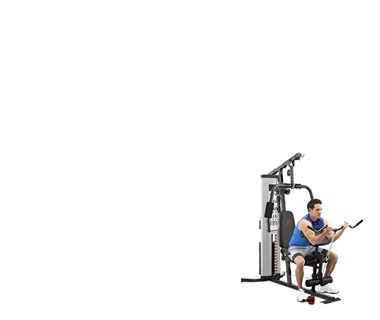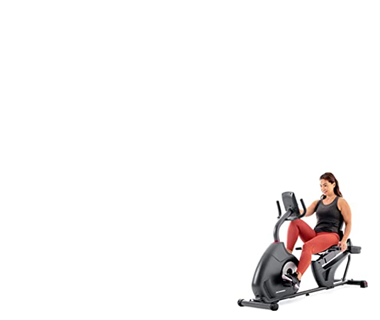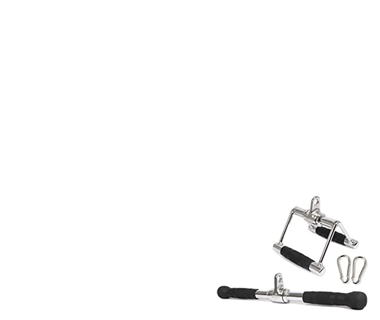Ignite Your Legs And More With The The Zercher Sled Drag Leave a comment
You’ve probably witnessed it at the gym: someone pushing or pulling a sled, often called a prowler, up and down the floor until they collapse in a heap. If you’re unlucky, you might see someone suffer from the infamous “prowler flu, and nobody wants to clean that up. But have you heard of the Zercher Sled Drag?
The sled push or pull exercise might look simple to the naked eye, but wait until you try it. You’ll soon feel the burn in your lungs and muscles. Sled drills are an exercise powerhouse for improving conditioning, mental toughness, and muscle development while being easy on your joints.
However, Tasha “Iron Wolf” Whelan, a World Champion powerlifter and the Head Strength and Conditioning Coach at Pro Club, brings you the new sled drag in town. The exercise, known as the Zercher Sled Drag, offers a unique twist on traditional sled drags and provides you with even more of a challenge.
If you like Zercher squat (and who doesn’t cough cough), you’ll like the brutal, fun variation of the sled drag that will ignite your legs and more.
Why Sled Drags Are The Best Exercise You Can Do
Whelan explains that sled drags are for almost everybody regardless of your training goals or experience.
“Sled training significantly benefits athletes, fitness enthusiasts, and rehabilitation patients. It improves strength, power, cardiovascular health, muscular endurance, and functional versatility. Notably, sled drags are low-impact, reducing joint strain and supporting quicker recovery, particularly beneficial for rehabilitation purposes.” says Whelan
The secret sauce of most sled training is its mostly concentric nature, which has a lower impact on the joints. These factors make it great for working around injuries and not cutting into your recovery from traditional strength training.
The Zercher Sled Drag
Okay, so what makes the Zercher sled drag special? Whelan explains why she uses it in her training arsenal.
“The Zercher reverse sled drag is a valuable non-axial loading exercise, meaning it does not place direct stress on the spine. This reduces the risk of spinal compression and joint strain, making it safer for those with joint issues, especially the lower back and knees.
The Zercher variation enhances core stability, engages the upper body (due to the Zercher loading position), and strengthens the lower body, promoting strength and muscle development without joint stress.“ explains Whelan.
How To Do The Zercher Sled Drag Exercise
Iron Wolf Whelan explains how to get the best out of this fantastic exercise.
Proper Setup
Place the sled in front of you, load it with your desired weight, position yourself close to it, and squat down to grab the handles or strap with your arms bent, holding the weight in the crooks of your elbows.
Body Position
Keep your chest up and shoulders back to maintain a strong posture. Engage your core to prevent excessive lower back rounding.
Arm and Elbow Position
Ensure your elbows are close to your body, maintaining a near 90-degree angle at the elbows.
Movement Execution
Step backward with controlled, deliberate steps to maintain balance and stability. Push through your heels, engaging your glutes, hamstrings, and quads to drive the movement. Avoid locking your knees; bend slightly to absorb impact and maintain muscle tension.
Common Zercher Sled Drag Mistakes to Avoid
You Have Bad Form
Do not round your back, lean too far backward, or lean forward excessively; maintain a strong, upright posture.
You Don’t Have a Good Grip
Don’t let the handles get away from your body; keep them close to ensure better leverage and control.
Not In Control
Do not take overly large steps; small, controlled steps help maintain stability and muscle tension.
blackday
Zercher Sled Drag Programming Suggestions
Load, sets, and reps can be manipulated to suit your strength goals. Iron Wolf Whelan gives programming suggestions to get the best out of this fun exercise.
Strength Workouts
Sets: 3-5
Reps: 20-40 meters per set (or a heavy load for shorter distances, e.g., 10-20 meters)
Rest Time: 2-4 minutes between sets
Load: Heavy enough to challenge strength without compromising form
Muscular Endurance Workouts
Sets: 3-4
Reps: 40-60 meters per set (or longer distances with lighter load)
Rest Time: 1-2 minutes between sets
Load: Moderate, focusing on maintaining movement over a longer duration
Hypertrophy Workouts
Sets: 3-5
Reps: 30-50 meters per set
Rest Time: 1-2 minutes between sets
Load: Moderate to heavy, enough to cause significant muscle fatigue by the end of the set




